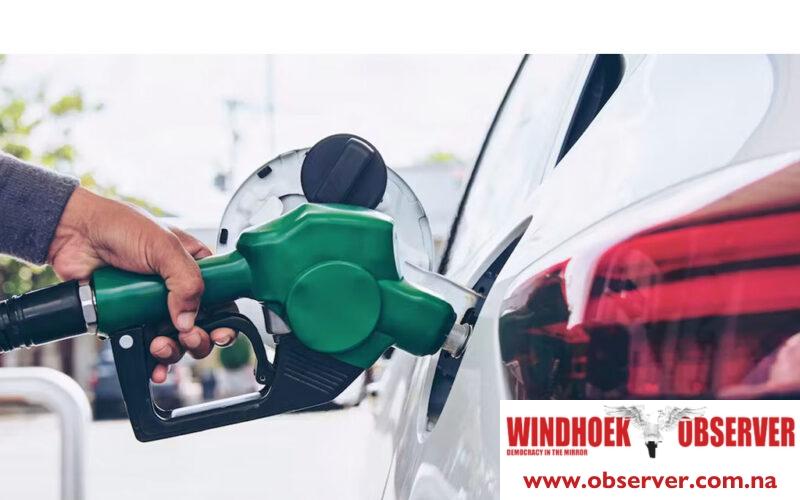Looking ahead, Namibia’s inflation is expected to continue easing, supported primarily by the Ministry of Mines and Energy’s recent decision to reduce fuel prices for October 2024.
Petrol prices have been cut by N$1 per litre, bringing the price down to N$20.25 per litre, while diesel 50ppm and diesel 10ppm now cost N$19.72 and N$19.82 per litre, respectively. This reduction should alleviate inflationary pressures, especially in the transport sector, which has been a key driver of inflation over the past few months.
The annual inflation rate for September stood at 3.4%, marking the lowest level since August 2021. This represents a significant deceleration from 5.4% recorded in September2023 and the 4.4% registered in August 2024.
However, this positive impact may be tempered by additional developments in the fuel market. The Ministry has also announced an increase in road user charges for the Road Fund Administration (RFA), raising the levy by 25 cents per litre, from 198 cents to 223 cents per litre. Furthermore, the introduction of weighted fuel transportation rates, replacing the current rail rates for transporting fuel between Walvis Bay and inland depots, will introduce regionally differentiated fuel costs. This means that while consumers will benefit from the fuel price cuts, the extent of the net reduction in prices may vary across different regions, depending on delivery costs.
Despite the overall favourable outlook for inflation, certain risks remain on the horizon. Food prices, for instance, have risen for two consecutive months, which could limit the inflationary relief expected from lower fuel prices. Although food inflation remains below last year’s levels, any sustained upward pressure in this category could offset some of the gains from the fuel price reductions.
Additionally, geopolitical tensions in the Middle East have contributed to a rebound in Brent crude oil prices, which have now risen back above US$80 per barrel. Should global oil markets tighten further, the downward trend in domestic fuel prices could be reversed.
Given these evolving dynamics, we may need to revisit our initial forecast of 4.9% average inflation for 2024. With global oil prices softening and domestic fuel price cuts in place, there is potential for inflation to trend slightly lower, possibly in the range of 4.6% to 4.7%.
This outlook assumes that fuel prices remain subdued, and food inflation does not intensify further. However, any revision to our forecast will depend on the ongoing monitoring of both domestic and international inflationary pressures, particularly those related to global commodity markets and local supply chain conditions. – Simonis Storm




